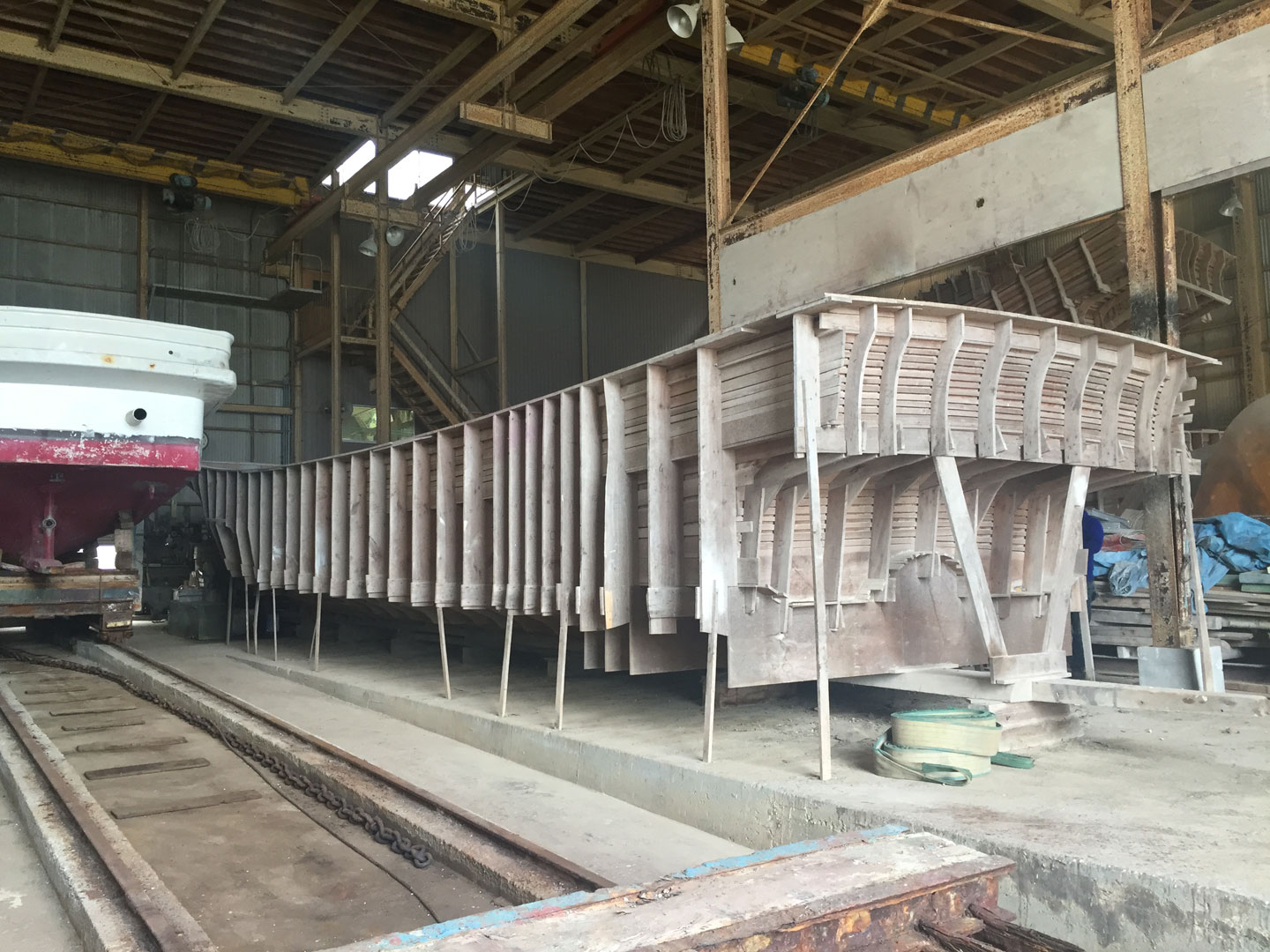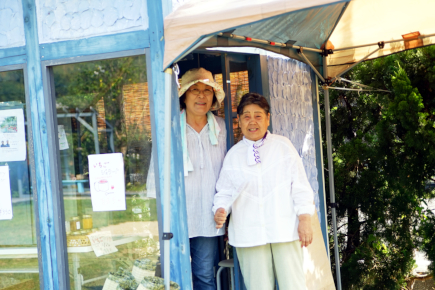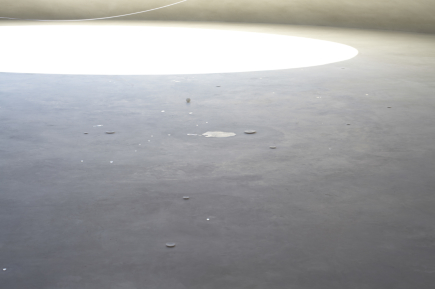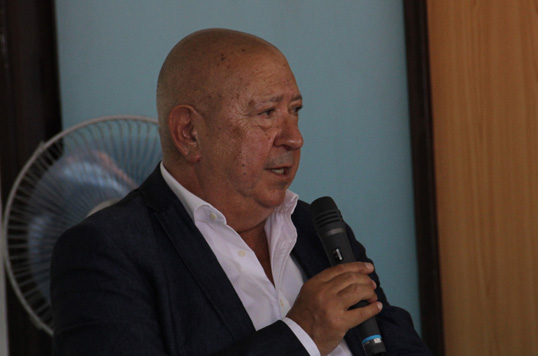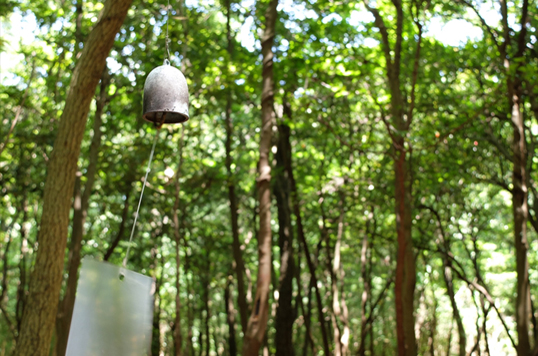The Process of Creating Shinro Ohtake's New Work (Part 1: The Work Itself)
The artist Shinro Ohtake is currently in the process of producing a new work for the Setouchi Triennale 2016, to be installed in a disused sewing needle factory in the Ieura-oka area of Teshima. It comprises a colossal wooden hull-form over 17 meters in length, used in the manufacture of fiber-reinforced plastic boats. This object was fabricated about 30 years ago to manufacture boats used for sea bream net-fishing, but was never employed for this purpose, and sat abandoned in a shipyard in Uwajima, Ehime Prefecture.
The site of installation is also one steeped in post-industrial history, having been a sewing needle factory for around a quarter century, from 1964 to the close of the Showa Period in 1989. Since then it has remained empty and silent on the island of Teshima. The two defunct entities are superimposed through the artist's vision, taking on an entirely new role when the new site-specific installation appears on Teshima.
Linking the hull-form, which was on the verge of being discarded when Ohtake salvaged it, with the former needle factory, will both manifest the relationships among objects themselves and evoke the era when they were made and inhabited and the places and people associated with them, while giving rise to a new field of magnetic resonance.
The hull-form, originally intended to be used for shipbuilding and destroyed when it had outlived its usefulness, was left just as it was at the shipyard. It was transported from Uwajima all in one piece, loaded onto a barge and carried across the Seto Inland Sea to Teshima. In the context of this project, this has a significance that goes beyond merely being one part of the process of fabricating the work.
Since the first time it was held in 2010, the Setouchi Triennale has consistently focused on the theme of "restoration of the sea." Throughout history, the sea has connected people, goods, and cultures. However, as modernization has progressed, the communities and lifestyles of people who have always lived side by side with the sea have been transformed. The passage over the sea from Uwajima to Teshima of the hull-form, a monumental symbol of people whose livelihoods depend on the sea, evokes their pride in living robustly among the sea's abundance, and conveys a message of hope for the "restoration of the sea."
This blog post is the first of a three-part description of the hull-form's journey from the Uwajima shipyard to Teshima. (Continued in Part 2)

